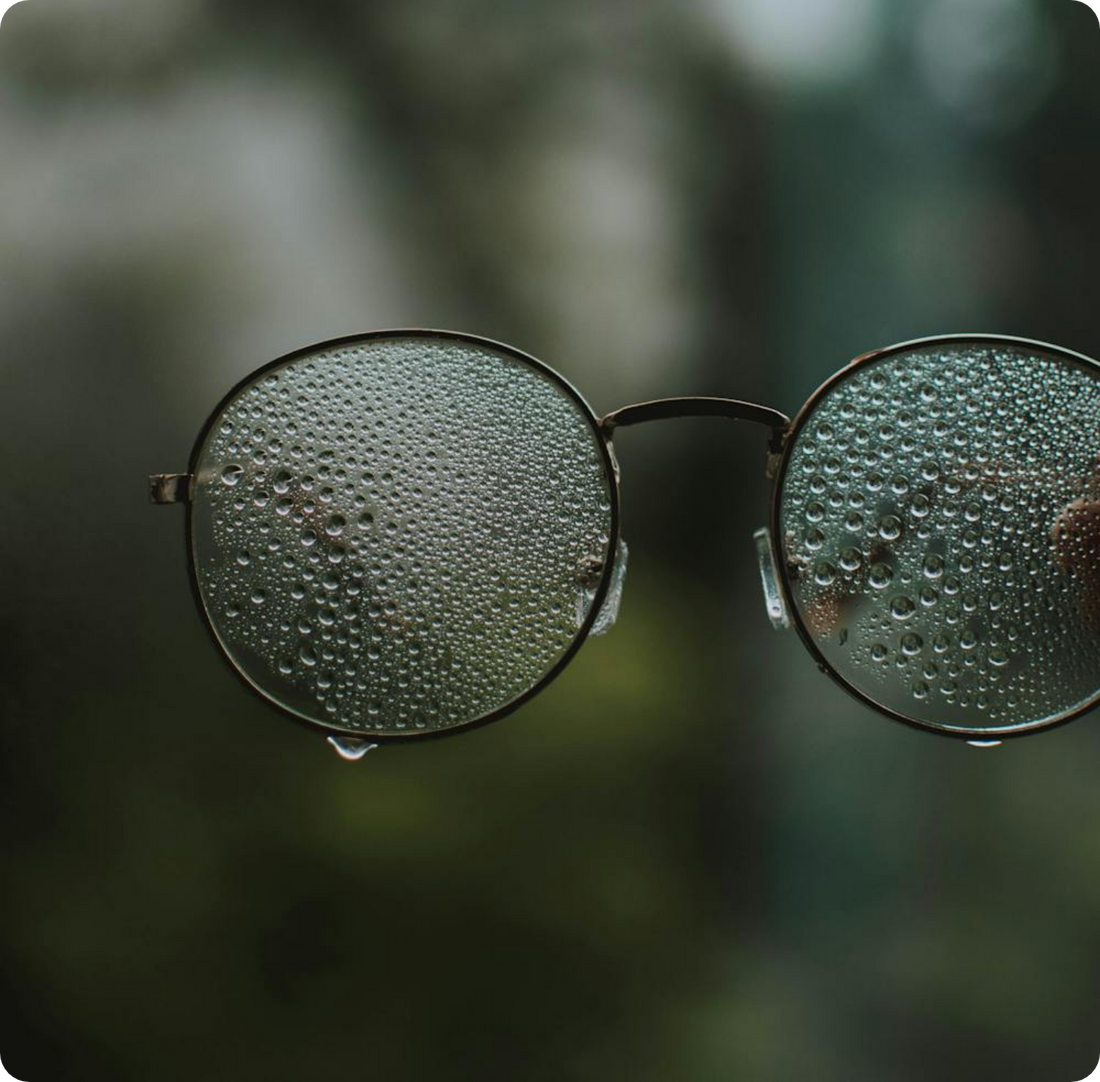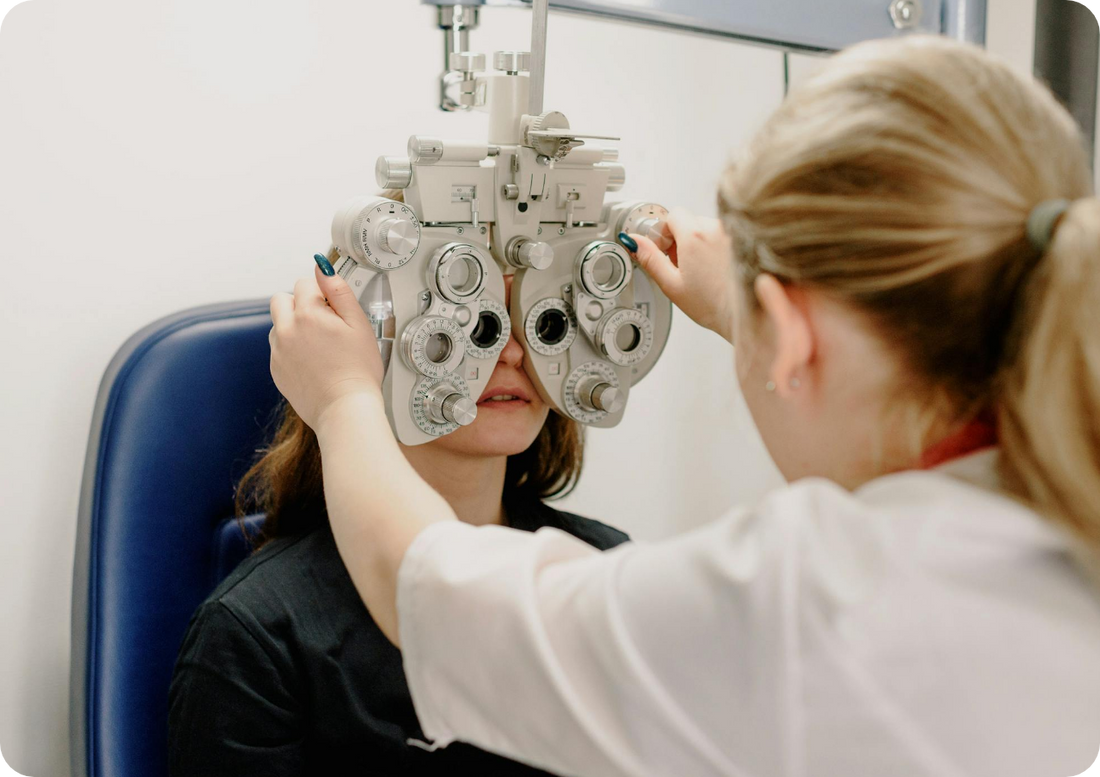Anti-fog glasses or coatings are designed to prevent condensation on eyeglasses, goggles, or optical lenses. Fogging happens when warm, moist air meets a cooler surface, causing water vapor to condense. This is common when there's a temperature difference.
Anti-fog solutions alter the lens surface tension, spreading water droplets into a thin layer instead of forming obstructive droplets. Different methods and materials are used for anti-fog coatings.
What fogs up the lenses?
In three words: water vapor condensation. The natural phenomenon which causes seawater to fall on land as purified rainwater is the same one which is behind the irritating side-effect of wearing glasses with a mask on.
Your breath, sweat, and ambient humidity in your environment have water vapor in it, which turns into liquid water droplets when it comes into contact with the cold surface of the lenses.
How do anti-fog glasses (or coating) work?
As the air condenses on the cold surface of your lens, little droplets of water appear on the lenses thick enough to distort our vision. So how do anti-fog glasses (or coating) prevent this? Water droplets form on the surface of the lens because of the surface tension created due to the water molecules being attracted to each other. By applying a hydrophobic coating on the glasses, the water molecules are unable to form droplets and instead, the water gets repelled from the surface of the lens. This effect can be achieved by either Isopropanol rubbing alcohol or even soap.
Anti-fog solutions
We recommend the infinitely better option of buying anti-fog glasses which take away the hassle of constantly using sprays or DIY methods to achieve an underwhelming effect. Anti-fog glasses are fitted with a hydrophobic coating which will continue to repel water automatically without you having to physically apply spray or coating to your glasses.
Nowadays you have the option of buying glasses online complete with being able to add anti-fog lenses into your order.







